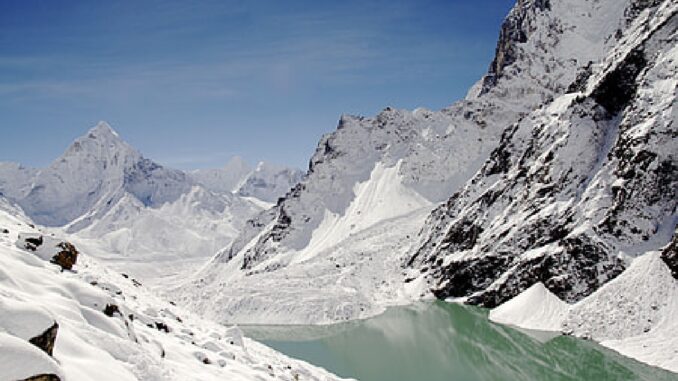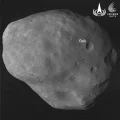
IISc scientist collaborates with a Japanese university
Scientists from the Indian Institute of Science (IISc) in collaboration with Japan’s Niigata University have made a remarkable discovery that sheds light on an ancient ocean believed to have existed around 600 million years ago. Their research focused on water droplets found in mineral deposits within the western Kumaon Himalayas, spanning from Amritpur to the Milam glacier, and Dehradun to the Gangotri glacier area.
The analysis of these mineral deposits, comprising calcium and magnesium carbonates, has provided the scientific team with invaluable insights into Earth’s history. It has unlocked secrets from a tumultuous time between 700 and 500 million years ago when our planet was engulfed in a prolonged glaciation event known as the Snowball Earth.
Snowball Earth refers to thick sheets of ice
The term “Snowball Earth” refers to an era when thick sheets of ice covered the Earth’s surface extensively, transforming the planet into a frozen realm. This is considered one of the most significant glacial episodes in Earth’s geological history. The newly discovered water droplets preserved within mineral deposits offer a unique glimpse into the environmental conditions during this glacial era.
Scientists speculate that the presence of water droplets in the mineral deposits could indicate the remnants of an ancient ocean that thrived during the Snowball Earth glaciation. This ancient ocean might have played a crucial role in regulating the planet’s climate during that era. Understanding the dynamics of this ocean and its interaction with the surrounding icy landscape could provide a better understanding of how Earth’s climate has evolved over millions of years.
The study’s geographical scope across the Kumaon Himalayas is a testament to the scientific team’s dedication and thoroughness in their pursuit of evidence. Their efforts to trace these mineral deposits have paved the way for unprecedented revelations about our planet’s past. By analyzing samples, the scientists have established a comprehensive view of the ancient ocean’s reach and influence during the Snowball Earth era.
The significance of this discovery extends beyond unraveling ancient Earth’s history. It also has implications for our understanding of climate change and the potential mechanisms that can lead to extreme shifts in Earth’s climate. By studying Earth’s past glacial events, researchers can gain valuable insights into how our planet’s climate system responds to varying conditions. The collaborative efforts of the Indian Institute of Science and Japan’s Niigata University have proven to be fruitful, unearthing a treasure trove of geological data.




